Historic Environment Scotland (HES) has joined forces with other UK government heritage bodies to publish a new handbook aimed at supporting learners undertaking retrofit qualifications, reinforcing their shared commitment to aiding the nation's transition to net zero emissions.
The publication is specifically designed to assist individuals working on traditionally constructed buildings, providing guidance on adapting these properties to meet the challenges of climate change.
Concerns have been raised within the sector, with only 28% of retrofit professionals expressing confidence in the existing training available for work on pre-1919 buildings across the UK. This collaborative effort between the UK's heritage organisations seeks to elevate the standard of retrofit training and address the critical skills gap identified within the retrofit workforce.
The course handbook is available for download from Historic England, Cadw (with a Welsh version), and Historic Environment Scotland.
With an estimated 6.5 million pre-1919 buildings across England, Scotland, and Wales – representing approximately 20-30% of the total UK building stock – it is crucial that these historic structures are integrated into the solutions for combating climate change. The principle that the most sustainable building is the one that already exists underscores the importance of this work.
Cadw, Historic England, and Historic Environment Scotland (HES) have been working collaboratively to enhance the quality of retrofit training delivery in response to acknowledged gaps in skills and knowledge within the retrofit workforce.
A particular focus of this collaboration is the Level 3 Award in Energy Efficiency Measures for Older and Traditional Buildings. This qualification plays a vital role in disseminating essential heritage knowledge to the retrofit workforce and is a prerequisite for specific retrofit roles under PAS2035 and PAS2038 – the industry standards defining good practice for retrofit interventions – when dealing with traditionally constructed buildings.
The newly published handbook is intended for learners undertaking the Level 3 Award or other relevant retrofit qualifications. It is designed as a supplementary resource to support the training provided by registered providers. The qualification equips learners with an understanding of the performance characteristics of older and traditional buildings and the suitability of various energy efficiency measures for their specific construction types.
Traditionally constructed buildings, typically built before 1919, employed different construction methods compared to modern buildings, necessitating tailored approaches to retrofitting. These buildings are not only a significant part of our heritage, enriching our understanding of history and sense of place, but they also have a crucial role to play in mitigating the risks posed by a changing climate.
Climate change presents a significant environmental, social, and economic challenge. The UK's commitment to transitioning to net zero is a vital step in reducing carbon emissions and our overall impact on the planet. Climate change also poses considerable challenges for the management of historic sites, with increasing instances of extreme weather events impacting the performance and resilience of these buildings. Adaptation is therefore critical to ensuring traditional buildings can withstand the effects of climate change.
However, identified knowledge and skills gaps within the workforce expected to work on these historic buildings are a concern. Historic England's recent Skills Needs Analysis revealed that only 28% of respondents felt confident that existing training provision would adequately equip tradespeople with the necessary skills to install low carbon and energy efficiency measures in traditionally constructed buildings.
In response, Cadw, HES, and Historic England are actively collaborating with awarding bodies and industry stakeholders to strengthen the available training resources.
At the core of the qualification and the research underpinning its content is a key message: traditional buildings are suitable for retrofitting and are an integral part of climate action. Through this initiative and broader engagement within the retrofit industry, the UK's heritage bodies aim to dispel perceived barriers to retrofitting historic buildings. They seek to demonstrate that, with carefully considered interventions, traditional buildings can contribute to climate change solutions and be made resilient for future generations to appreciate.
Further collaborative efforts to improve retrofit training standards include reviewing National Occupational Standards, working with awarding bodies to refine their qualifications, collaborating on consultations regarding industry standards (British Standards, PAS), and participating in trailblazer groups for the development of a Level 5 Retrofit Coordinator apprenticeship.
Dr David Mitchell, Director of Cultural Assets at HES, said: "There is no route to net zero without viewing the buildings we already have as assets. The retrofit of these traditional buildings has the potential to bring many wider gains, including economic and employment opportunities as well as environmental benefits. To deliver these, it’s crucial we are able to develop and deliver vital skills training to ensure we have a workforce equipped to undertake retrofit in a way that works for both buildings and their occupants. Collaboration is key to addressing the gaps in provision that currently exist, and we’re pleased to have worked with Cadw and Historic England to produce this important resource, which is a key component of the qualification we deliver through our dedicated building conservation centre at the Engine Shed in Stirling."
NOCN (National Open College Network) has endorsed the Course Handbook: Level 3 Award in Energy Efficiency Measures for Older and Traditional Buildings. Steve Muscroft, Senior Product Developer at NOCN, described it as "an authoritative and informative publication" that is aligned with the Level 3 Award and will also serve as an excellent reference for other PAS 2035 disciplines and the wider retrofit and construction sector.
Construction News
10/04/2025
Heritage Body Joins UK-Wide Effort To Boost Retrofit Training
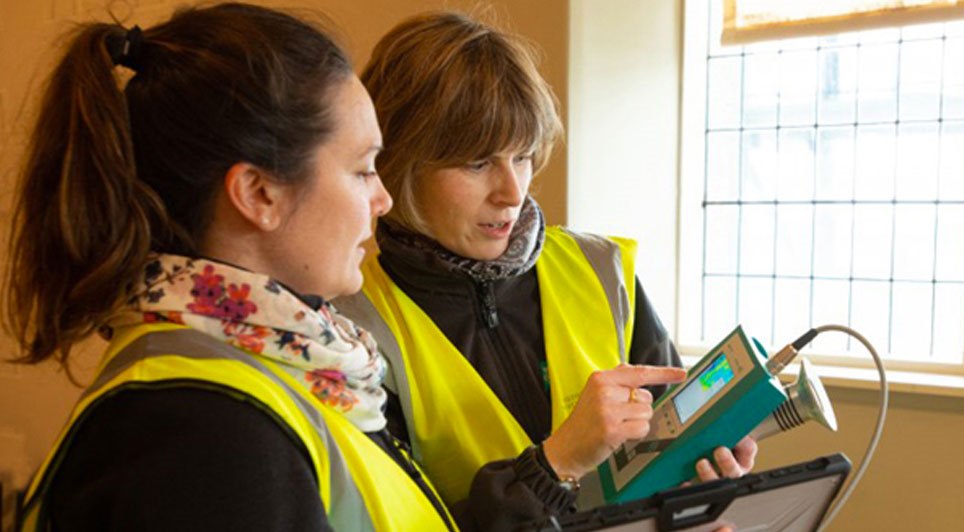
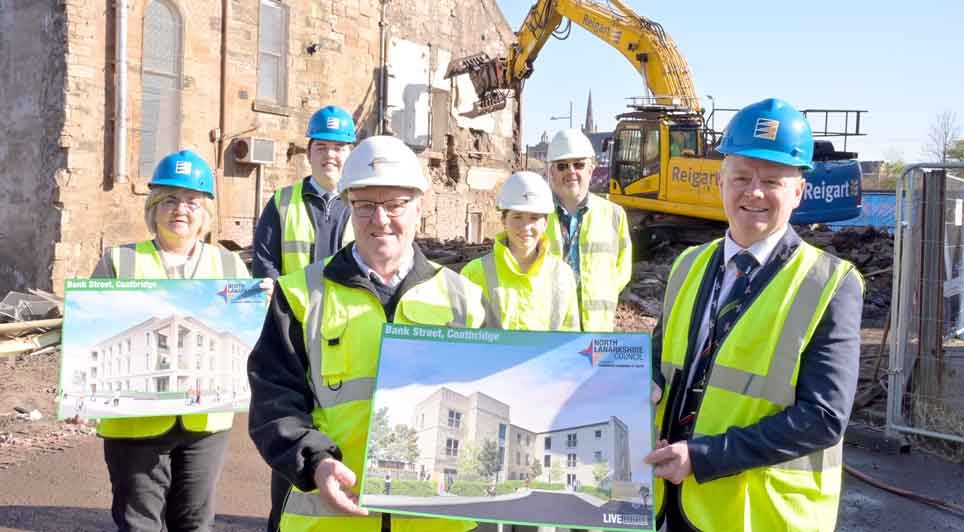
11/04/2025
A historic site on Bank Street in Coatbridge is being transformed as demolition begins on the former Sharks Mouth pub to make way for a new housing development.
The project marks a significant step in the town's regeneration efforts, with plans to build 16 new homes on the site. The development wil
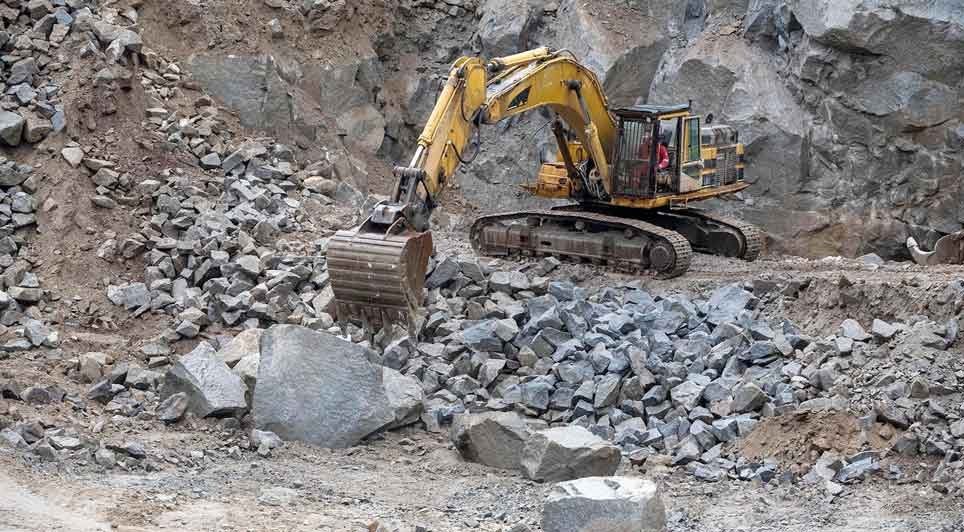
11/04/2025
Thousands of granite setts sourced from Aberdeenshire are set to be installed on Union Street Central in Aberdeen in the coming months, marking a major milestone in the city's ongoing regeneration efforts.
The light grey cassies, or cobblestones, are being provided by Moray-based firm Tennants Elgi
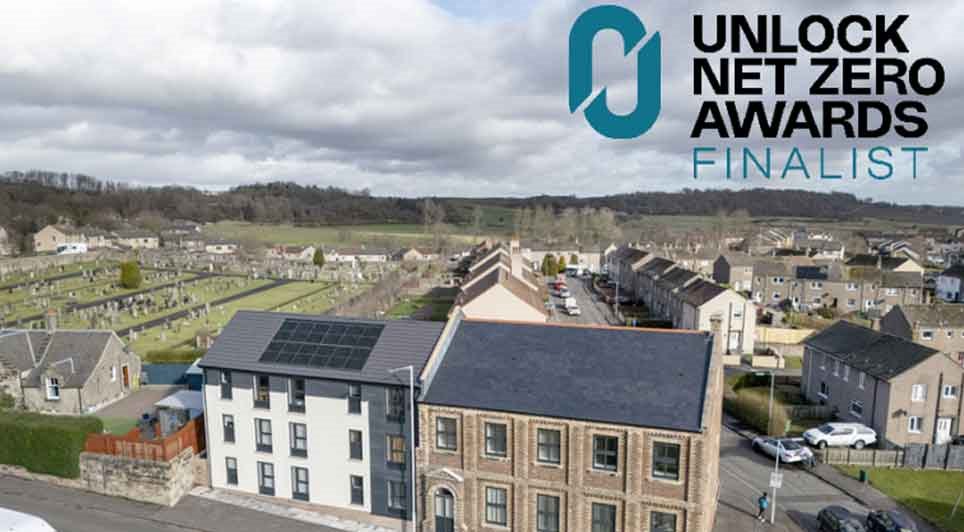
11/04/2025
Ore Valley Housing Association's redevelopment of the historic Bowhill Institute building in Cardenden, Fife, has been shortlisted for a sustainability accolade at the Unlock Net Zero Awards 2025.
The project has been named a finalist in the 'Retrofit Project of the Year – North and Scotland' categ

11/04/2025
The Briggait Clydeside Market Halls in Glasgow have officially reopened following the completion of a £3.9 million renovation project, carried out by construction firm Clark Contracts.
To mark the occasion, an official celebration was held recently at the newly refurbished venue. The event was atte

11/04/2025
The demolition of parts of the Clune Park estate in Port Glasgow is set to get underway.
Contractors, acting on behalf of Inverclyde Council, have arrived on-site to prepare for the phased demolition, which will begin with the former school and church buildings in the coming weeks. This will be fol
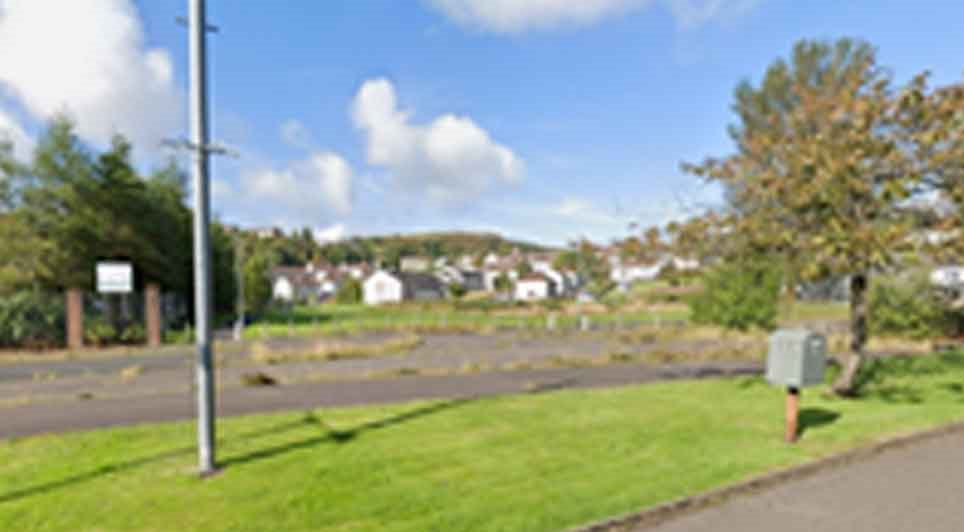
11/04/2025
Construction has commenced on a new £76,000 playpark in the Larkfield area of Greenock.
The new facility, located off Cumberland Road in the Smithston area, is being delivered by Inverclyde Council with support from Scottish Government funding. It will feature inclusive play equipment designed to b
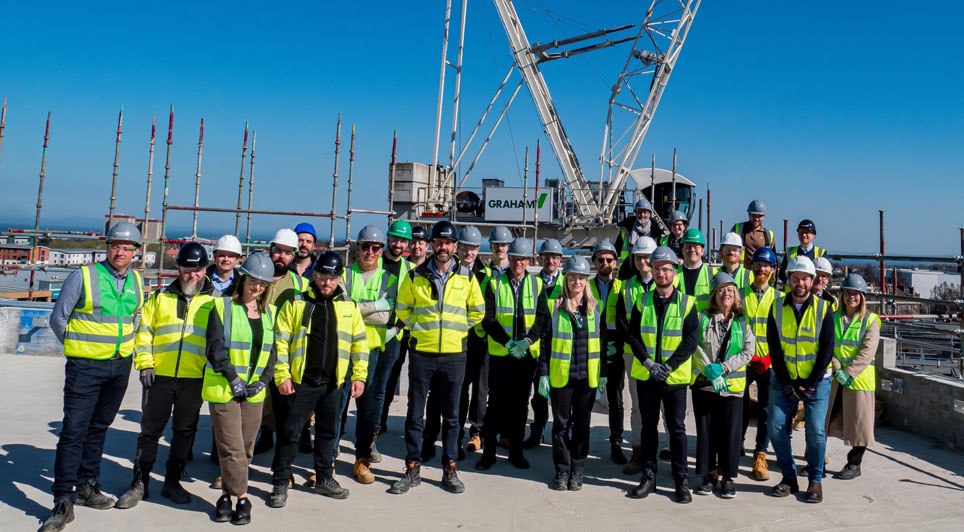
10/04/2025
A key stage in the construction of Burnet Point, a new £59 million purpose-built student accommodation (PBSA) development at Abbey Lane in Edinburgh, has been celebrated with a topping-out ceremony.
Representatives from the developer Unite Students and the construction contractor GRAHAM recently a

10/04/2025
Historic Environment Scotland (HES) has joined forces with other UK government heritage bodies to publish a new handbook aimed at supporting learners undertaking retrofit qualifications, reinforcing their shared commitment to aiding the nation's transition to net zero emissions.
The publication is

10/04/2025
Housing provision in Edinburgh is set to be boosted by the development of 28 new affordable homes in the South Gilmerton area.
Home Group Scotland will construct a mix of two- and three-bedroom properties at the Farrier Fields site in the south-east of the city. Crucially, half of the 28 homes will
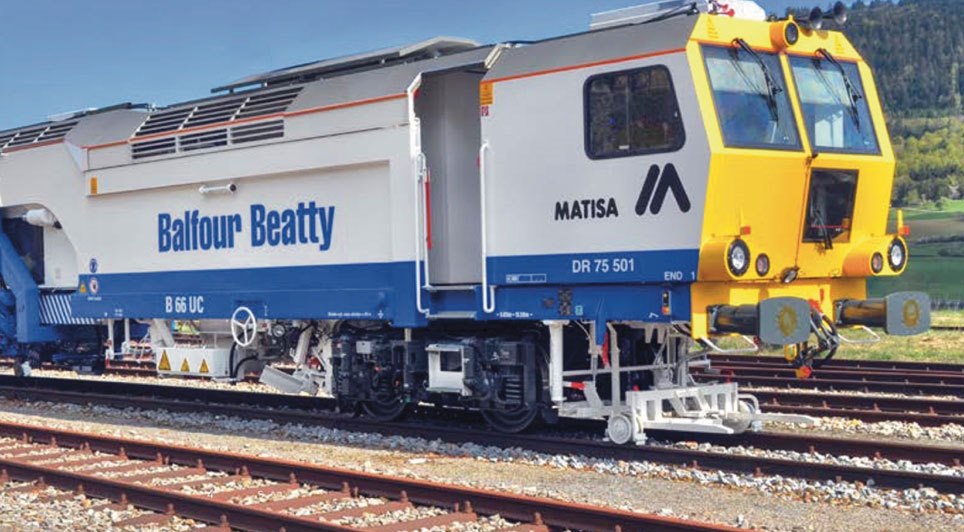
10/04/2025
Balfour Beatty has announced its reappointment as a key delivery partner on Network Rail's eight-year Supply Chain Services' framework, continuing its role from its initial appointment in 2018. The framework also includes an option for a further two-year extension.
Valued at approximately £23 milli
 Scotland
Scotland UK
UK Ireland
Ireland London
London










